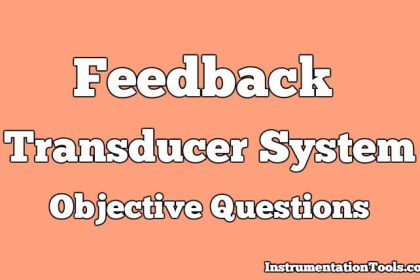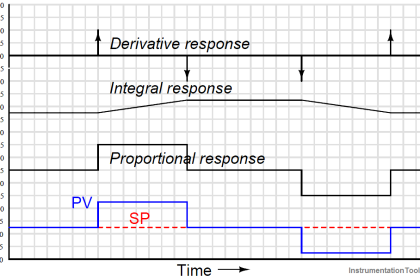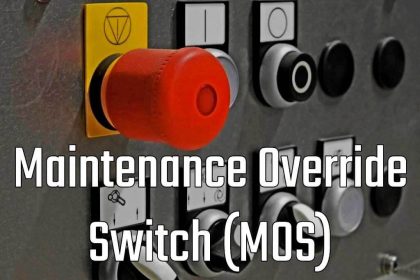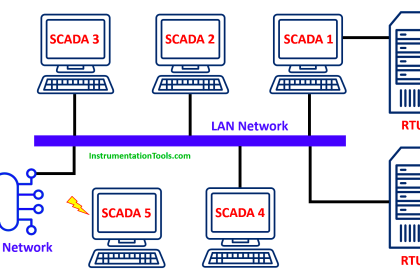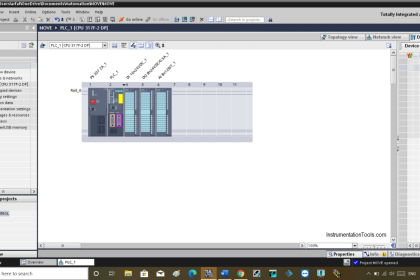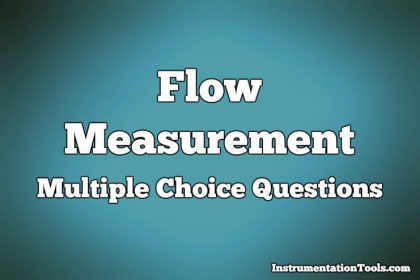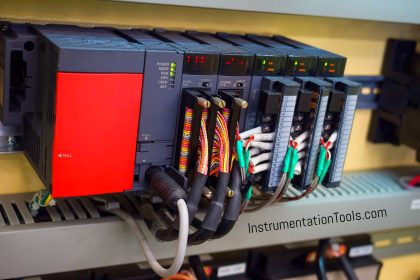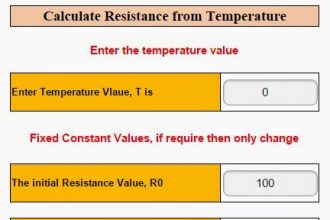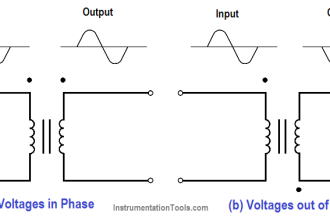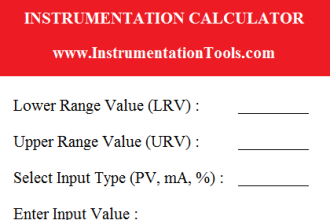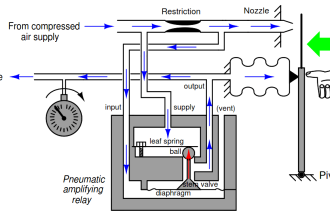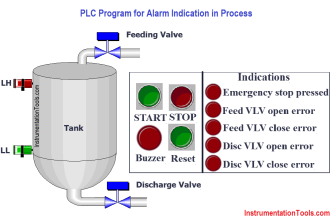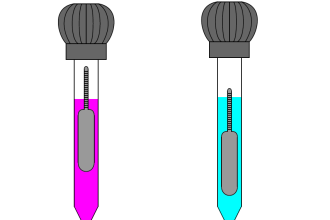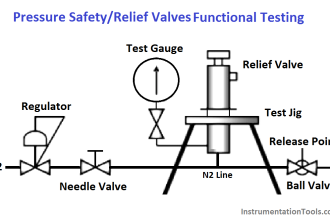Learn about the control loops objective questions and answers in industrial automation which covers open-loop, closed-loop & PIDs.
Control Loops Objective Questions
This video explains the detailed answers to the questions on the control loop. Let’s check the video and learn more.
Question 1
What is the primary purpose of a control loop in a system?
A. To amplify signals
B. To reduce noise
C. To maintain a desired output
D. To increase system speed
Show the Answer
To maintain a desired output
Question 2
In a feedback control loop, what is the role of the controller?
A. Adjusts the actuator
B. Measures the process variable
C. Compares setpoint with controlled variable
D. Generates the setpoint
Show the Answer
Adjusts the actuator
Question 3
Which of the following is an example of an open-loop control system?
A. Automatic washing machine
B. Light switch
C. Cruise control
D. Central heating system
Show the Answer
Light switch
Question 4
How does a closed-loop control system differ from an open-loop system?
A. Continuously adjusts based on feedback
B. Operates without feedback
C. Uses no sensors
D. Has no setpoint
Show the Answer
Continuously adjusts based on feedback
Question 5
What type of controller uses past and present errors to predict future errors?
A. Derivative controller
B. Integral controller
C. PID controller
D. Proportional controller
Show the Answer
PID controller
Question 6
Why might a proportional controller alone be insufficient for some control systems?
A. It is too complex
B. It causes instability
C. It ignores past errors
D. It does not respond to future errors
Show the Answer
It ignores past errors
Question 7
What is the main disadvantage of an open-loop control system?
A. High complexity
B. Slow response time
C. High cost
D. Inability to correct disturbances
Show the Answer
Inability to correct disturbances
Question 8
In a control loop, what is the function of the actuator?
A. To process the control signal
B. To sense the process variable
C. To perform the desired action
D. To provide feedback
Show the Answer
To perform the desired action
Question 9
Which type of control system is most effective for dynamic and precise control?
Show the Answer
Feedback control
Question 10
What is the benefit of using a PID controller over a simple proportional controller?
A. Improved accuracy and stability
B. Lower cost
C. Faster response time
D. Simpler design
Show the Answer
Improved accuracy and stability
Question 11
What is the main advantage of a feedforward control system?
A. Simpler than feedback
B. Reacts to disturbances
C. Anticipates disturbances
D. Eliminates the need for sensors
Show the Answer
Anticipates disturbances
Question 12
In what situation is a feedforward control system most useful?
A. When system dynamics are slow
B. When precision is not critical
C. When disturbances can be measured
D. When disturbances are unpredictable
Show the Answer
When disturbances can be measured
Question 13
How does a proportional-integral (PI) controller improve performance over a proportional controller?
A. Increases system complexity
B. Reduces response time
C. Reduces oscillations
D. Eliminates steady-state error
Show the Answer
Eliminates steady-state error
Question 14
What is the main role of the derivative component in a PID controller?
A. Simplifies the control system
B. Predicts future errors
C. Reduces the current error
D. Eliminates steady-state error
Show the Answer
Predicts future errors
Question 15
Which type of control loop is best suited for a system with frequent and significant disturbances?
A. Manual control
B. Closed-loop control
C. All of the options
D. Open-loop control
Show the Answer
Closed-loop control
Question 16
Why is an integral controller rarely used alone in control systems?
A. It is too slow
B. It causes instability
C. It cannot eliminate steady-state error
D. It ignores future errors
Show the Answer
It causes instability
Question 17
In control systems, what does the term ‘setpoint’ refer to?
A. The input signal
B. The desired output
C. The maximum output
D. The current output
Show the Answer
The desired output
Question 18
What is a primary characteristic of an open-loop control system?
A. Operates without feedback
B. Eliminates all errors
C. Uses feedback
D. Adjusts based on output
Show the Answer
Operates without feedback
Question 19
Why might a control system use both feedback and feedforward control?
A. To combine anticipatory and corrective actions
B. To reduce complexity
C. To reduce cost
D. To eliminate the need for sensors
Show the Answer
To combine anticipatory and corrective actions
Question 20
What is the main purpose of the integral action in a PI controller?
A. To eliminate steady-state error
B. To measure the current output
C. To predict future error
D. To speed up response
Show the Answer
To eliminate steady-state error
Question 21
What type of controller is most commonly used in industrial process control?
A. P controller
C. I controller
D. D controller
Show the Answer
PID controller
Question 22
Which component in a feedback control loop measures the process variable?
A. Actuator
B. Controller
C. Setpoint
D. Sensor
Show the Answer
Sensor
Question 23
In what scenario is a derivative controller particularly useful?
A. When the system has no disturbances
B. When eliminating steady-state error
C. When long-term accuracy is not critical
D. When quick response is needed
Show the Answer
When quick response is needed
Question 24
Why is a PID controller considered more effective than a PD or PI controller alone?
A. Simpler design
B. Lower cost
C. Faster implementation
D. Combines proportional, integral, and derivative actions
Show the Answer
Combines proportional, integral, and derivative actions
Question 25
What is a common application of an open-loop control system?
A. Automated assembly lines
B. Temperature control in HVAC
C. Cruise control in cars
D. Manual traffic signals
Show the Answer
Manual traffic signals
Read Next:
- Types of Control Systems
- Faults in PID Control Loop
- Instruments in Flow Control Loop
- Ziegler-Nichols Open-Loop Method
- Process Control Loop Testing
